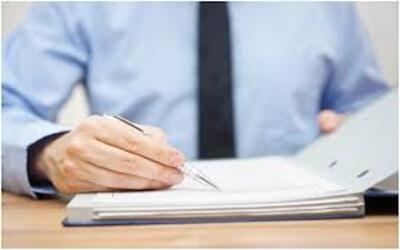
What is ISO 14015?
ISO 14015 outlines a method for conducting an Environmental Assessment of Sites and Organizations in a systematic manner. When it comes to buying and selling businesses, there are a lot of questions about whether or not they are in compliance with environmental rules. As a result, this standard lays forth principles for correctly assessing the risk of purchasing property that has strategic value for the organisation while avoiding unnecessary costs and legal liabilities. Organizations of all sizes, working anywhere in the world, can use the recommendations.
Environmental Assessment of Locations and Organizations will allow for the assessment of environmental issues related to a company's sites and other activities. This standard can be used for both internal and external assessments, with or without the involvement of third parties. Furthermore, this evaluation might be carried out throughout operations or at the time of asset acquisition.
Why is an Environmental assessment of sites and organizations important for you?
The capacity to control environmental risks and minimise potential problems related with lawsuits and other interactions with government authorities is the key benefit of ISO 14015. By obtaining ISO 14015 certification, you will gain knowledge of the best practises for preventing an organisation from costly compliance duties and having its value lowered, both of which negatively impact the company's financial status during negotiations.
Benefits of ISO 14015 - Environmental assessment of sites and organizations
By becoming ISO 14015 certified, you will be able to:
- Conduct a thorough evaluation of a property's worth.
- Timely identification of environmental issues related to an organization's premises and activities
- Boost shareholder profits
- Reduce the company's unpredictability.
- Enhance the organization's public image among all stakeholders.
- Improve the operational and environmental performance of the company.
- Defend the company from large-scale liability risks.
- Mitigate environmental risks






